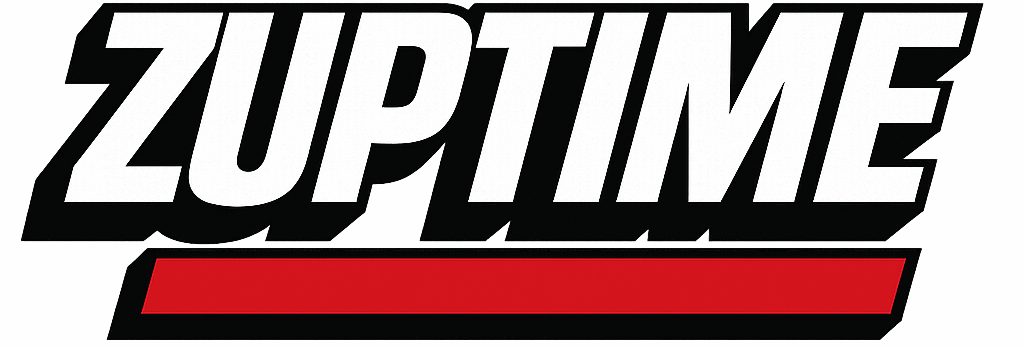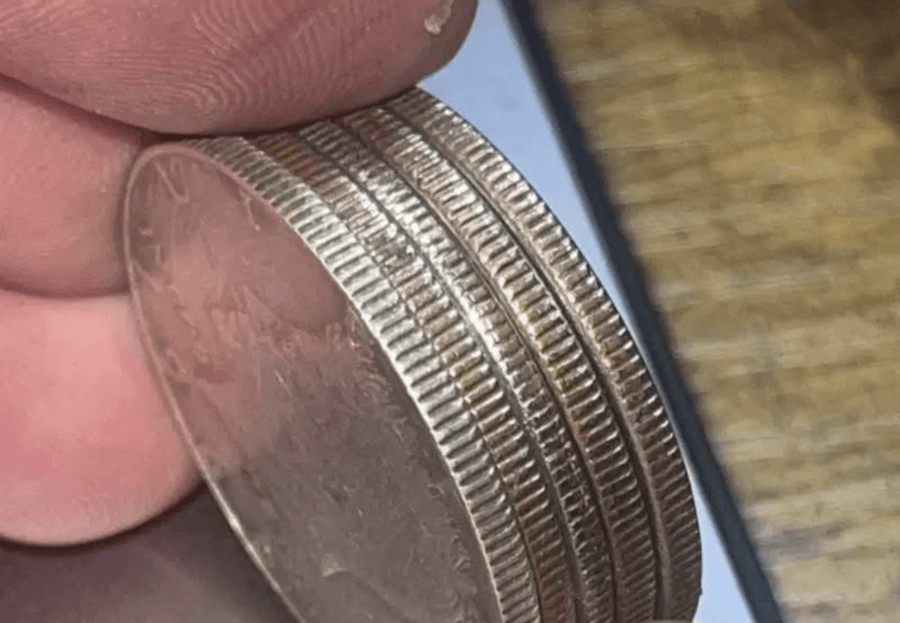They’ve journeyed through endless palms, fed into parking meters, piled neatly on shop counters, and tossed to settle decisions—yet have you ever truly paused to inspect a quarter? Have you glided your finger across its rim? Those subtle grooves, known as “reeds,” aren’t mere embellishments—they’re a time-honored safeguard rooted in history. Back in the 17th century, coin clipping plagued economies.
Criminals delicately shaved silver from the edges of coins, collecting precious metal while passing off coins that appeared whole. This deception destabilized trade, demanding a clever fix. Step forward Sir Isaac Newton, appointed Warden of the Royal Mint in 1696. His ingenious response: reeded edges. These fine ridges ensured that any tampering—shaving or clipping—would disrupt the pattern, making fraud instantly noticeable.
Newton didn’t stop there; he took on counterfeiters himself, pursuing justice to protect the integrity of currency. Today, dimes, quarters, and half-dollars still bear these ridges, despite no longer being crafted from silver. The reeding fulfills three vital roles: Security—intricate ridge designs remain a challenge for counterfeiters, and modern banks and vending machines use edge sensors to spot fakes. Accessibility—the distinct texture allows visually impaired individuals to identify coins by touch.
A smooth penny or nickel stands apart from a ridged dime or quarter, aiding usability. Tradition & Continuity—the familiar ridges give coins their iconic sound, weight, and roll, maintaining a tangible connection to money in an increasingly digital age. Pennies and nickels lack reeds, as their base metals never tempted clippers. Yet quarters and dimes carry these ridges forward, blending heritage, security, and practicality. Next time you hold a coin, trace its edge—you’re touching a 300-year legacy of innovation, accessibility, and enduring tradition, right there in your hand.




